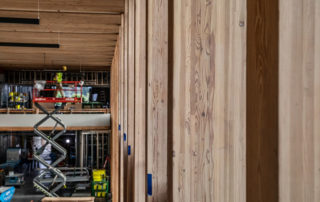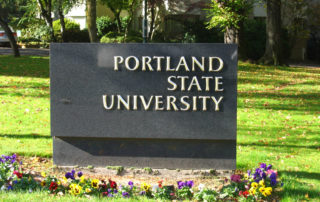How Strong is Cross-Laminated Timber?
How Strong is Cross Laminated Timber? DR Johnson Wood Innovations is committed to providing safe structural mass timber products for projects of all sizes. Cross-Laminated Timber is a large-scale, prefabricated, solid engineered wood panel that is lightweight, yet very strong, with superior acoustic, fire, seismic, and thermal performance. Product testing has been done to ensure that all panels are safe and structurally sound for any project. DRJ Wood Innovations was invited to collaborate on a Bi-National Wood Industry Advisory Committee on a research proposal titled: Development & Validation of a Resilience-Based Seismic Design Methodology for Tall Wood Buildings. DRJ panels were used as the structural elements for the









